 A tool left inside the engine of an Airbus 330 caused a mid-air engine snag shortly after take off in India, forcing the Paris-bound aircraft to return to the Mumbai city airport early on March 12th. There were 212 people on board the Air France flight.
A tool left inside the engine of an Airbus 330 caused a mid-air engine snag shortly after take off in India, forcing the Paris-bound aircraft to return to the Mumbai city airport early on March 12th. There were 212 people on board the Air France flight.
Air France has said the “foreign object” found in the engine hood had nothing to do with the engine dysfunction but others disagree.
About 10 minutes after the aircraft took off, the pilot reported smoke in the cabin and suspected a snag in one of the engines. The cockpit crew reported engine failure to the ATC tower and sought permission to land on priority. As per procedure, fire tenders, an ambulance and airfield vehicles were deployed, and the aircraft landed safely at 3.41am. Passengers were sent to a hotel.
A chisel-like tool used to lay a coating on engines to absorb its sound was found inside the engine hood, said sources from the DGCA who inspected the aircraft. The aviation safety regulator’s preliminary probe report said the tool inside the engine could have caused the dysfunction.
“It seems like the tool caused the snag and also disrupted the system used to maintain temperature and pressure within the cabin, which is why there was smoke,” said a source.
An aircraft maintenance engineer may have forgotten the tool during routine check, sources said.
An Air France-KLM spokesperson said: “An investigation will take place. The foreign object will be analyzed. According to available information, this object found in the engine hood has no link with the engine dysfunction.”

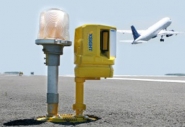
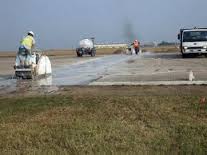
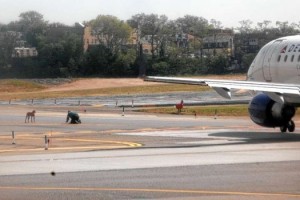

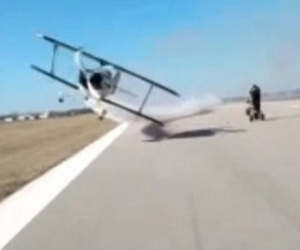 An aircraft came within inches of crashing into an unidentified man riding his quad bike on a runway, while his unidentified female friend filmed him (video below).
An aircraft came within inches of crashing into an unidentified man riding his quad bike on a runway, while his unidentified female friend filmed him (video below).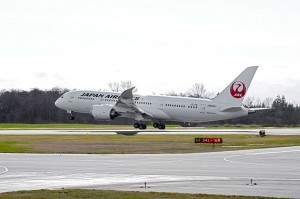 The new year is off to a rough start for Boeing’s new 787 Dreamliner, with one plane catching fire and another being sidelined by a fuel leak discovered just after it left the gate.
The new year is off to a rough start for Boeing’s new 787 Dreamliner, with one plane catching fire and another being sidelined by a fuel leak discovered just after it left the gate.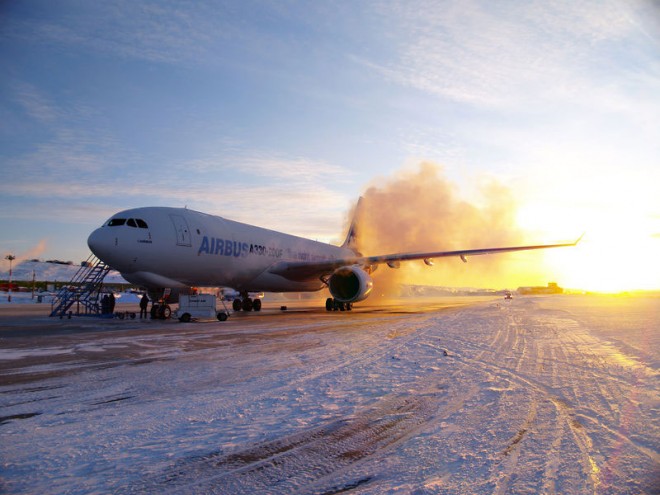 Don’t be freaked out by that eerie video of a Russian airliner skidding off an icy runway. Last year will go down as the safest year for airline travel since the dawn of the jet age more than 50 years ago.
Don’t be freaked out by that eerie video of a Russian airliner skidding off an icy runway. Last year will go down as the safest year for airline travel since the dawn of the jet age more than 50 years ago.
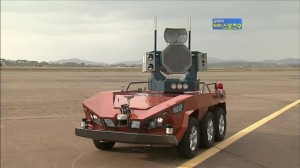 The Korean Atomic Energy Group and LIG Nex1 (an aerospace and defense subsidiary of LG Corp) have jointly developed what they are calling the world’s first bird strike defense robot. Birds are a major headache around military air bases and civilian airports all over the world, as they can cause significant damage when they collide with aircraft or get sucked into engines. The robot is a six-wheeled unmanned ground vehicle (UGV) that uses a combination of directional acoustics and laser patterns to scare birds away.
The Korean Atomic Energy Group and LIG Nex1 (an aerospace and defense subsidiary of LG Corp) have jointly developed what they are calling the world’s first bird strike defense robot. Birds are a major headache around military air bases and civilian airports all over the world, as they can cause significant damage when they collide with aircraft or get sucked into engines. The robot is a six-wheeled unmanned ground vehicle (UGV) that uses a combination of directional acoustics and laser patterns to scare birds away. BARKSDALE AIR FORCE BASE, La. — With more than 60 aircraft assigned here and many others that use the second largest flightline in the Air Force, a single program helps keep engine damage from foreign object debris to a minimum.
BARKSDALE AIR FORCE BASE, La. — With more than 60 aircraft assigned here and many others that use the second largest flightline in the Air Force, a single program helps keep engine damage from foreign object debris to a minimum.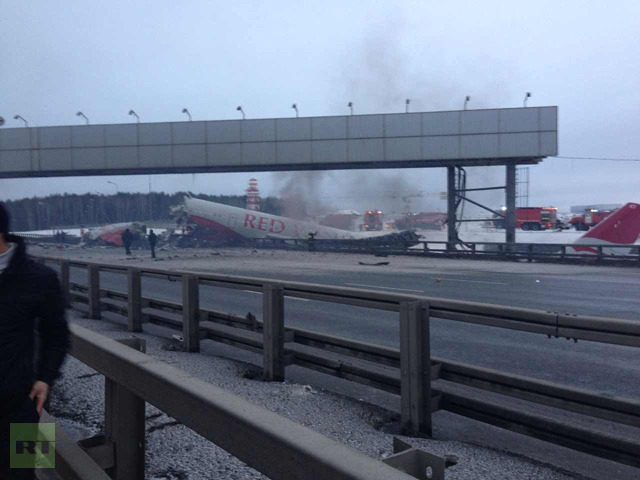 A passenger jet crashed after making a hard landing at Moscow’s Vnukovo Airport. At least four people were killed and four critically injured, says the Interior Ministry. Officials believe the cause could be pilot error, however there are conflicting reports that the plane was spewing black smoke prior to landing.
A passenger jet crashed after making a hard landing at Moscow’s Vnukovo Airport. At least four people were killed and four critically injured, says the Interior Ministry. Officials believe the cause could be pilot error, however there are conflicting reports that the plane was spewing black smoke prior to landing.  Helping To Train Analysts To Sift Through ‘Enormous Amount’ Of Video From Drones Anyone who’s ever watched a sporting event … at least with any knowledge of the broadcasting industry … has been impressed with the ability of a producer to pinpoint multiple angles of a play to be shown almost immediately in instant replay as the announcers analyze the action. That skill has also caught the attention of the U.S. military, which has an enormous amount of footage coming in daily from drone flights over places like Afghanistan.
Helping To Train Analysts To Sift Through ‘Enormous Amount’ Of Video From Drones Anyone who’s ever watched a sporting event … at least with any knowledge of the broadcasting industry … has been impressed with the ability of a producer to pinpoint multiple angles of a play to be shown almost immediately in instant replay as the announcers analyze the action. That skill has also caught the attention of the U.S. military, which has an enormous amount of footage coming in daily from drone flights over places like Afghanistan.

